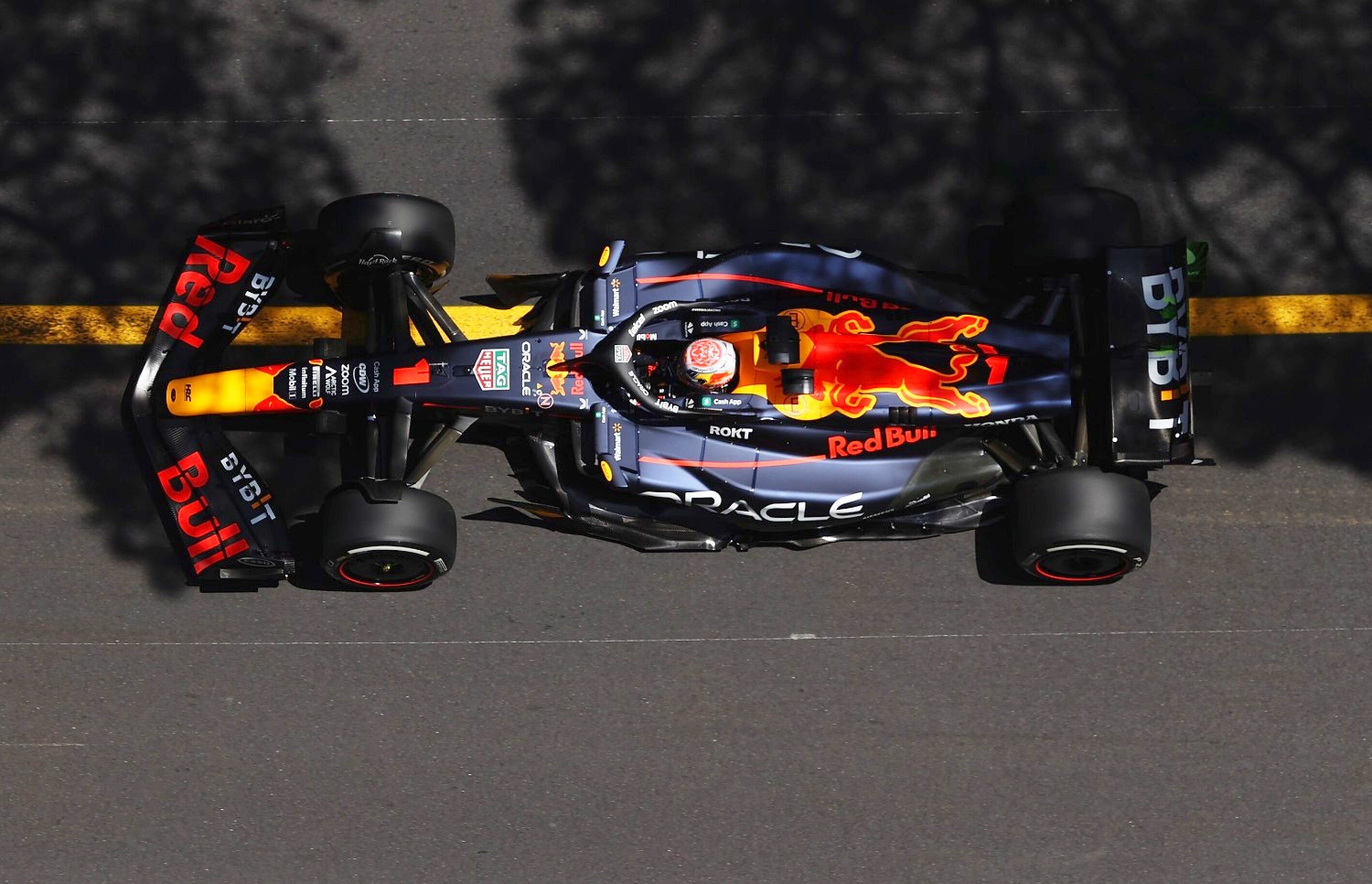F1: A Novice’s Guide To This Ultra-Fast Track Sport
As one of the most fascinating sports, Formula 1 attracts millions of viewers around the world. In this exciting form of racing, competitors push their vehicles and themselves to their physical and mental limits.
Formula One has a complex set of rules and strategies that might be difficult to keep up with if you’re new to the sport. Fear not, though – this novice’s guide to Formula 1 will help you understand the basics of this exciting sport. So buckle up, and get ready to experience the thrill of Formula 1!
What Is Formula 1?
Formula 1 is a motorsport that involves racing high-speed cars on a specially designed track. Formula 1 cars are among the most cutting-edge and complex vehicles on the planet. They have over 1000 horsepower from their 1.6-litre V6 turbocharged engines and are built to attain speeds of over 200 mph.
The drivers compete to complete a set number of laps around the track in the shortest time possible. One of the most thrilling and difficult forms of motorsport, racing is distinguished by its emphasis on speed, strategy, and pinpoint accuracy.
Formula 1 is a global sport, with races held in different parts of the world. It’s one of the most-watched sports in the world since it draws millions of fans from all over. Most of the teams and drivers are located in Europe, where the sport’s fan base is also very strong. New teams and drivers from all around the world are helping to increase the sport’s diversity and popularity around the world.
The history of Formula 1 goes all the way back to the 1950s and is quite extensive. The sport itself, as well as the laws governing it and the equipment utilized, have developed over time. It has evolved into a complex sport that needs technical proficiency, pinpoint accuracy, and strategic planning to succeed.
The History Of Formula 1
The history of Formula 1 dates back to the early days of motorsports. In the early 1900s, races were held on public roads, and cars were not specifically designed for racing. However, as the popularity of motorsports increased, manufacturers began designing cars specifically for racing.
The FIA introduced the World Championship for Drivers in the 1950s, marking the commencement of modern Formula 1. The purpose of the championship is to hold a series of races between the top drivers from all around the world.
In 1950, the inaugural World Championship event took place at the British Silverstone Circuit. It was won by Giuseppe Farina, driving for Alfa Romeo. More races have been added to the schedule since then, and more teams and drivers have joined the championship as a result.
As a result, races in Formula 1 now take place all over the world. The rules, regulations, and equipment utilized in the sport have all shifted and improved over the years. It’s still up there with the best when it comes to thrilling and nerve-wracking motorsports.
Understanding The Rules And Regulations
Every facet of a Formula 1 race must adhere to a detailed set of rules and regulations. All aspects of automobile construction and driver demeanor are governed by these regulations. Follow the sport and take full advantage of it if you take the time to learn the rules.
The weight limit is one of the most crucial regulations in Formula 1. Each car must weigh at least 798kg as of 2023, with driver. This is to ensure that all the cars are evenly matched and that no team has an unfair advantage.
Making The Race More Interesting
Speculating on the conclusion of a Formula 1 race is a great way to increase the adrenaline rush you’ll feel while watching the action unfold. Fans all over the world like placing wagers on the outcome of Formula One races and determining who will be crowned world champion at the end of the season.
There are many different types of bets you can place on Formula 1, from simple win bet such as the race winner market for more complex propositions like trying your hand at predicting the first retirement. Just remember to gamble responsibly and never bet more than you can afford to lose.
Spending The Day At The Track
The following are some considerations for anyone going to a Formula 1 race. Firstly, it is essential to arrive at the track early. If you want to escape the crowds and secure a good place to see the race, you should get there as soon as the gates open, which is often a few hours before the event starts.
Secondly, it is important to bring the right gear. The weather can be unpredictable, and it is a good idea to bring sun cream, a hat, and a raincoat. Earplugs are also essential as the sound of the engines can be deafening.
